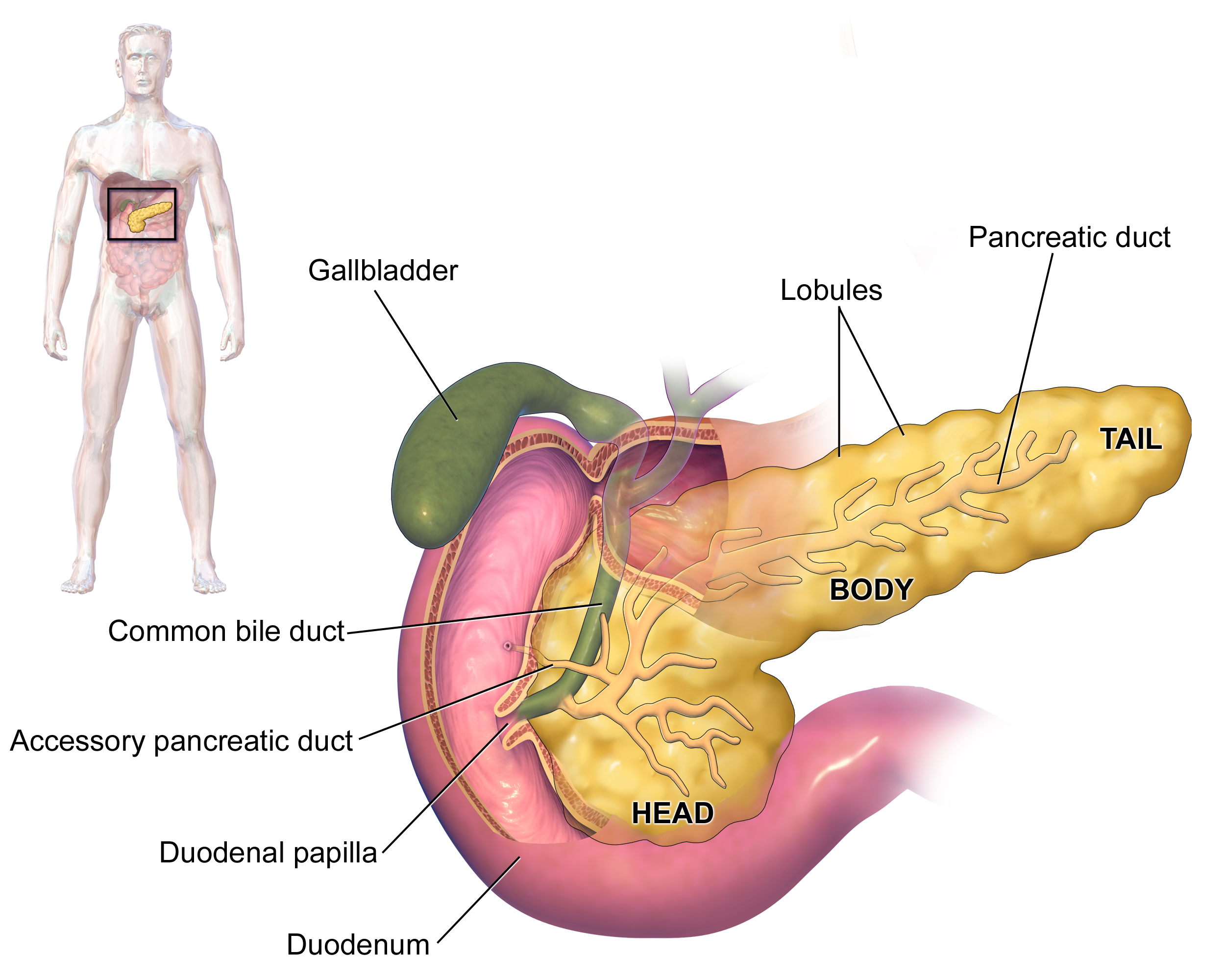
Principal Hormones That Affect Blood Glucose Concentration
The principal hormones that regulate blood glucose concentration are insulin and glucagon, both secreted by the pancreas. These hormones work in opposition to maintain glucose homeostasis.
- Insulin:
Insulin is secreted by the beta cells of the islets of Langerhans in the pancreas. It lowers blood glucose levels by facilitating the uptake of glucose into cells, particularly muscle and adipose tissue. Insulin also promotes glycogenesis (conversion of glucose into glycogen for storage) in the liver and inhibits gluconeogenesis (the production of glucose from non-carbohydrate sources). This hormone plays a critical role after meals when blood sugar levels rise.
- Glucagon:
Glucagon is secreted by alpha cells of the pancreas when blood glucose levels fall, such as during fasting or between meals. It raises blood sugar levels by stimulating glycogenolysis (breakdown of glycogen into glucose) and gluconeogenesis in the liver. Glucagon ensures that adequate glucose is available to meet energy demands.
- Other Hormones:
- Epinephrine (Adrenaline): Secreted by the adrenal medulla during stress or exercise, epinephrine increases blood sugar through glycogenolysis and inhibition of insulin secretion.
- Cortisol: Released from the adrenal cortex, cortisol promotes gluconeogenesis and reduces cellular uptake of glucose.
- Growth Hormone: Secreted by the anterior pituitary gland, it reduces insulin sensitivity and promotes lipolysis, indirectly increasing blood sugar.
Metabolic Effects of Insulin
Insulin has profound anabolic effects on carbohydrate, fat, and protein metabolism:
- Carbohydrate Metabolism:
- Promotes glucose uptake into muscle and adipose tissue via GLUT4 transporters.
- Stimulates glycogenesis in the liver and muscles.
- Inhibits glycogenolysis and gluconeogenesis in the liver.
- Lipid Metabolism:
- Enhances lipogenesis (fat synthesis) by promoting fatty acid synthesis in adipose tissue.
- Inhibits lipolysis (fat breakdown), reducing free fatty acid availability.
- Protein Metabolism:
- Stimulates amino acid uptake into cells.
- Promotes protein synthesis while inhibiting protein degradation.
These effects collectively lower blood sugar levels while promoting energy storage.
Regulation of Insulin Secretion
Insulin secretion is tightly regulated to maintain normal blood glucose levels:
- Primary Stimulus – Blood Glucose Levels: Elevated blood glucose after a meal stimulates insulin release via a cascade:
- Glucose enters beta cells through GLUT2 transporters.
- Intracellular metabolism increases ATP/ADP ratio.
- ATP-sensitive potassium channels close, leading to membrane depolarization.
- Voltage-gated calcium channels open, causing calcium influx that triggers insulin exocytosis.
- Incretins: Gut-derived hormones like GLP-1 (glucagon-like peptide-1) enhance insulin secretion in response to oral nutrient intake.
- Neural Regulation: Parasympathetic stimulation via acetylcholine promotes insulin release during feeding anticipation (cephalic phase).
- Other Factors: Amino acids, fatty acids, and certain hormones like glucagon can amplify insulin secretion.
Physiological Effects of Glucagon
Glucagon primarily acts on the liver to increase blood sugar levels during fasting or hypoglycemia:
- Carbohydrate Metabolism:
- Stimulates glycogenolysis to release stored glucose from hepatic glycogen reserves.
- Promotes gluconeogenesis using substrates like lactate, glycerol, and amino acids.
- Lipid Metabolism:
- Activates lipolysis in adipose tissue indirectly through hormone-sensitive lipase activation.
- Protein Metabolism: While glucagon does not directly affect protein synthesis significantly, it uses amino acids as substrates for gluconeogenesis.
Regulation of Glucagon Secretion
Glucagon secretion is regulated primarily by changes in blood sugar levels but also involves other factors:
- Low Blood Sugar Levels:
Hypoglycemia triggers alpha cells to secrete glucagon.
- Amino Acids:
High plasma amino acid concentrations stimulate glucagon release to prevent hypoglycemia following protein-rich meals.
- Neural Inputs:
Sympathetic stimulation via norepinephrine enhances glucagon secretion during stress or exercise.
- Inhibition by Insulin:
Elevated insulin levels suppress glucagon release through paracrine signaling within pancreatic islets.
- Somatostatin:
Somatostatin released from delta cells inhibits both glucagon and insulin secretion.







